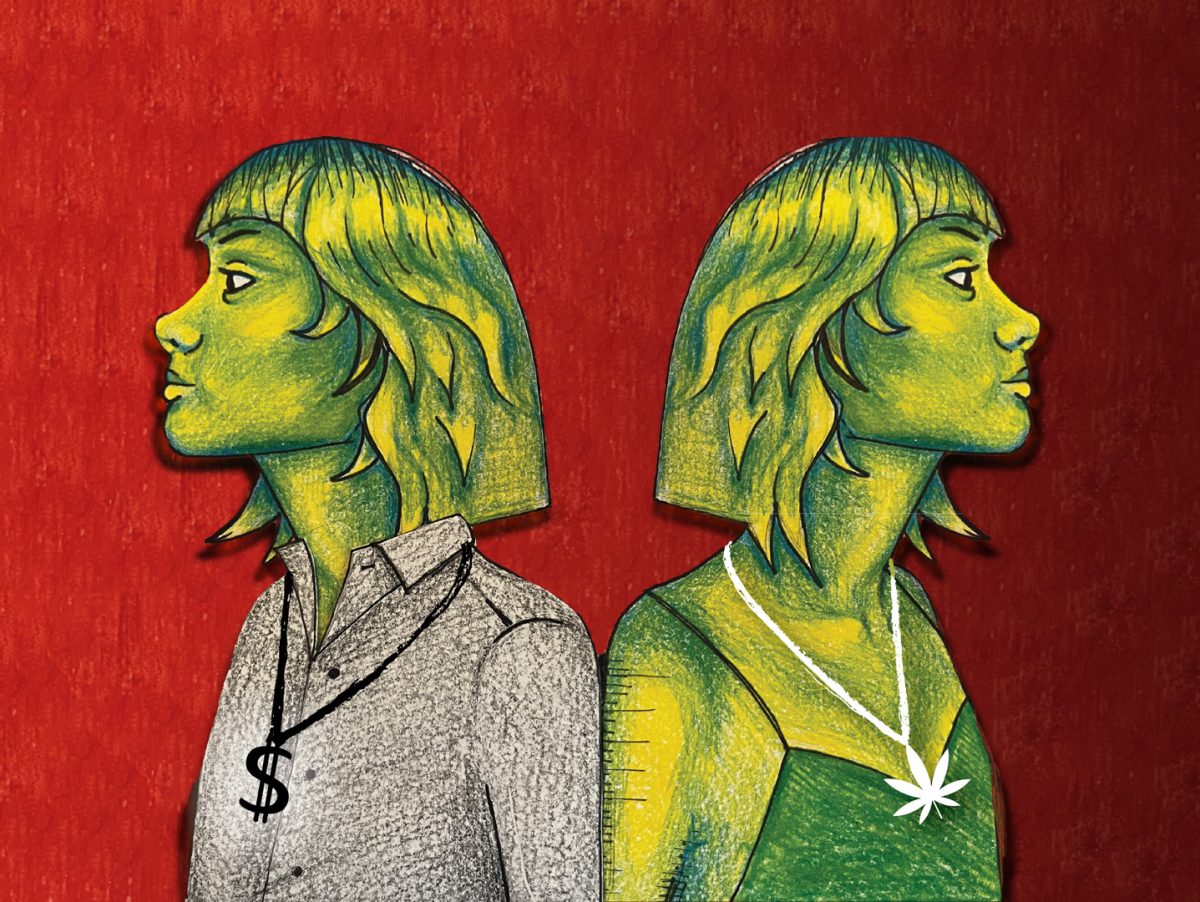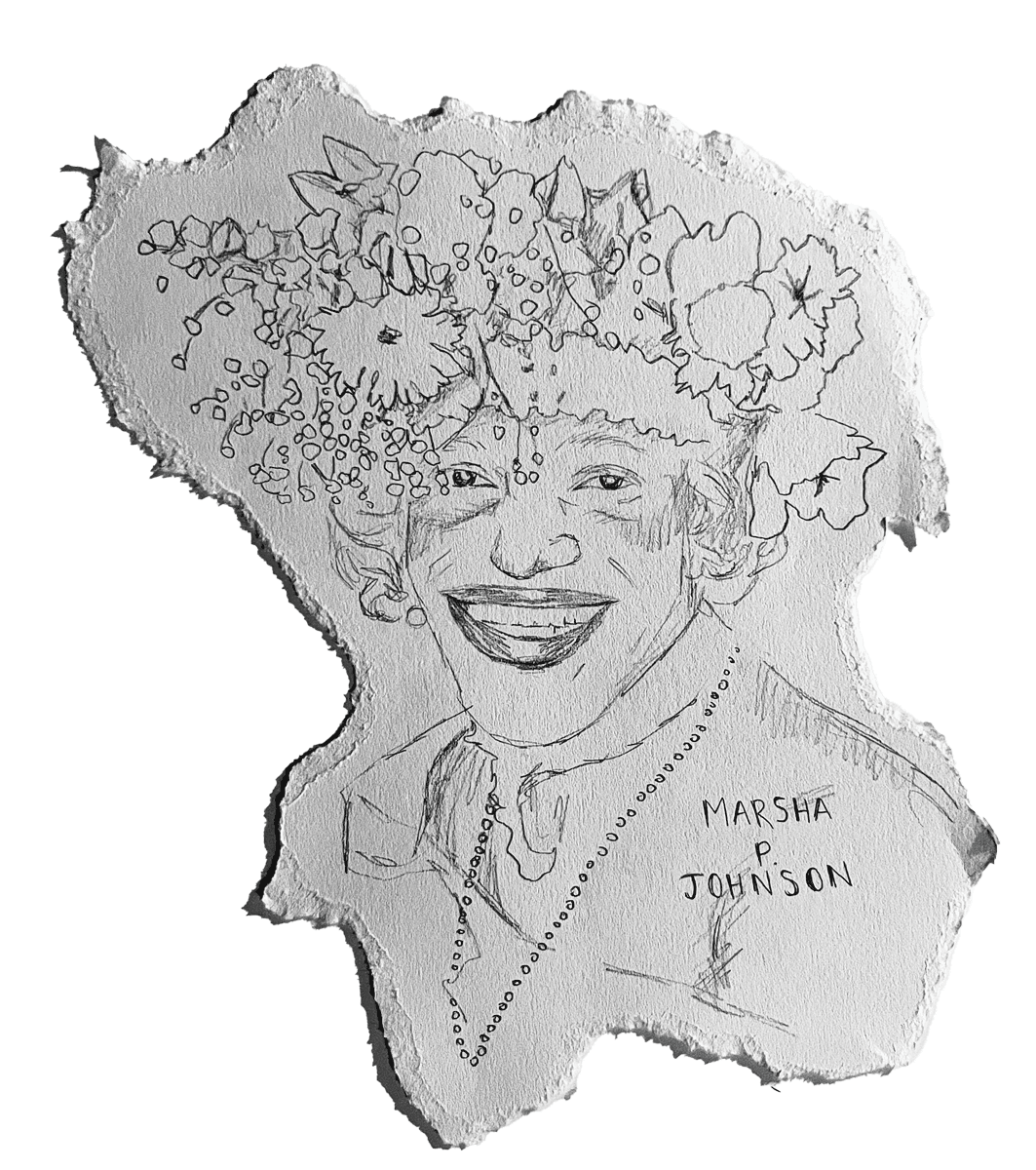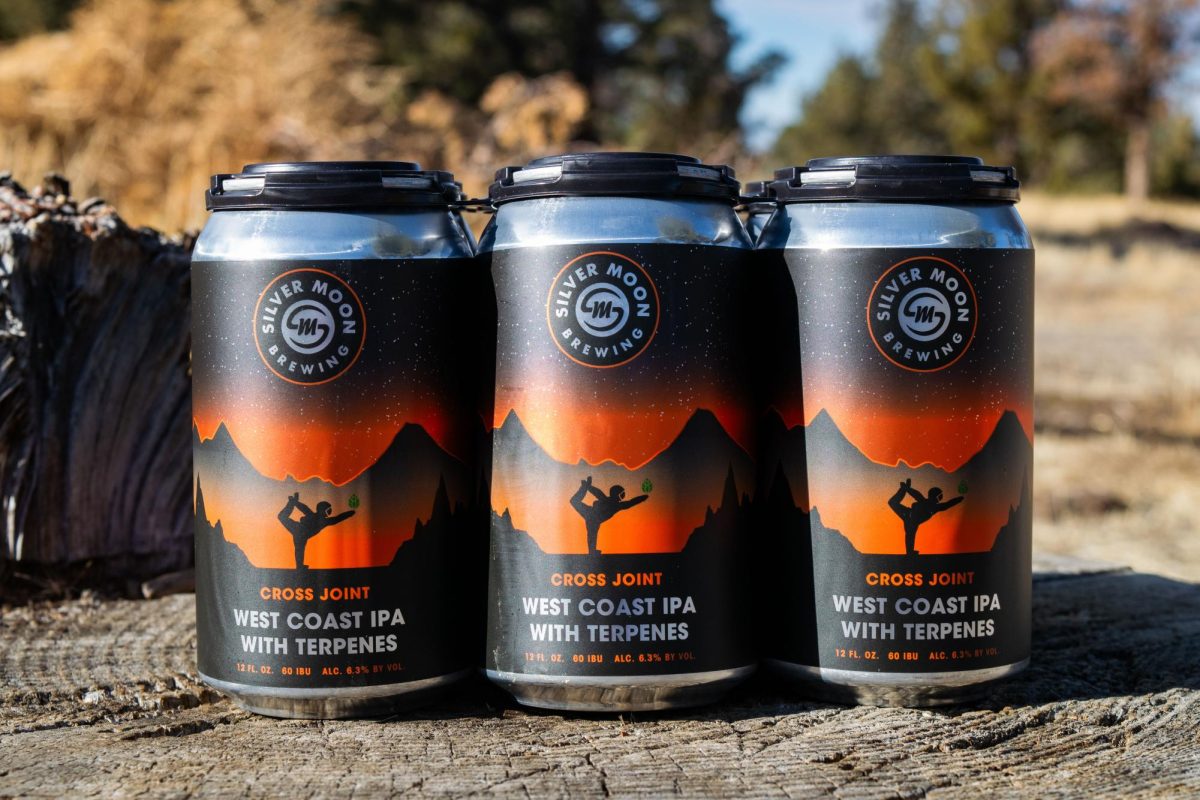It has been a decade of legal marijuana in the state of Oregon. With so many positive goals and aspirations attached to the legalization of marijuana, looking back over the past ten years, the question of how positive legalization has been lingers. Looking at the big picture of marijuana legalization, the green market, it can be easy to miss the shadows where the dark market still exists, and it has to be because legalization is not focused on everyone within the marijuana industry. The legalization of marijuana opened the door for capitalism and corporate greed to take hold, which is a big part of how the legalization has cast a dark shadow.
Though legalization does bring with it a great many benefits, such as the tax revenue going to the State School Fund and Health Authority, it also leaves so many people out. Though we have had ten years of legalization, the black market of marijuana has persisted for many reasons. There are numerous barriers to legalization that so many people cannot break through: the built-in systems of oppression, the red tape of government oversight, and the economic difficulties of becoming a part of the legal marijuana industry.
Before legalization, marijuana possession, intent to sell, and selling led to criminal charges that depended on the amount and severity of the situation. This means that many people have been categorized as felons. Under legalization, felons are not allowed to have licensure for any part of the marijuana industry — this bars them from being budtenders and growers or opening their own dispensaries. In 2022, Governor Kate Brown pardoned 45,000 people who had marijuana convictions, but even with a pardon, all of those people are still categorized as felons, meaning they cannot become a part of the green market.
Marijuana legalization paints a picture of economic prosperity, and depending on where you sit in the industry, that may be the case. Still, the reality is that the bulk of people who work in the marijuana industry are not profiting at the same level. The ability to break into the marijuana industry is limited by the financial requirements for many people. These high price tags mean that the people getting into the industry are more likely to have financial wealth or access to it or are entering as corporations with a large amount of economic capital. This corporatization of the green market means that smaller businesses are less likely to be able to compete and thrive in the market. The cost of a marijuana producer license can be as expensive as up to $6,000. The license is just the beginning in terms of exorbitant costs because there are legal parameters around the sites where production happens that have to meet specific requirements that take money to meet. The most accessible way into the marijuana industry is as a budtender, which has an average salary between $27,000 and $35,000.
“We have to count on tips because dispensary owners don’t pay a liveable wage,” said a long-time budtender.
The economic struggle that comes from the legalization of marijuana is one of the top reasons why the black market still exists. Being unable to afford licenses while not making a liveable wage from the legal side, the black market offers opportunities to survive. Though some people solely choose to be a part of the black market, many people straddle both sides of the industry. “The green market did not leave room for small owner-operators to legally transition from the black market and still maintain margins. Lots of former black market growers went bankrupt due to all of the regulations being written from the standpoint of bankers and large investors with little to no help navigating the endless red tape involved in legalization. Many have ended up moving into the green side as employees at cut-rate wages now instead of as owners. Some straddle the line,” shared an anonymous member of the marijuana industry who straddles both markets. They have been a part of the marijuana industry in Oregon since legalization happened in 2014. Due to the regulation, they have personally experienced and struggled with the lack of success within the green market.
The black market allows for independent members of the marijuana industry to make decisions that would enable them to make enough money to survive and thrive and not have to jump through the hoops of bureaucracy that are a part of the green market. When you dive a little deeper into the legal marijuana industry, a light is shined on the disparities that have been exacerbated over the past ten years and, with the current economic climate, are only continuing to be aggravated.


















